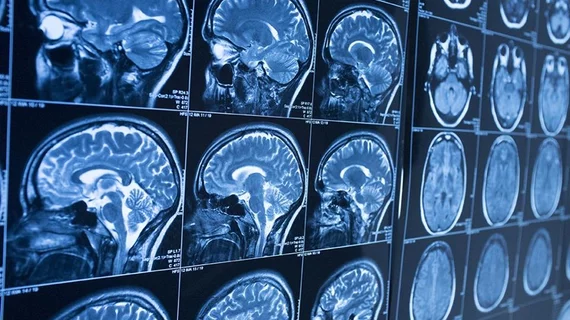5 challenges deep learning faces in medicine
Though the use of deep-learning techniques has the potential to change several areas of medicine, the technology faces numerous challenges before it becomes widespread, according to a viewpoint article published in JAMA Internal Medicine.
“The potential of deep learning to disentangle complex, subtle discriminative patterns in images suggests that these techniques may be useful in other areas of medicine. Substantial challenges must be addressed, however, before deep learning can be applied more broadly,” author Fei Wang, PhD, assistant professor of healthcare policy and research at Weill Cornell Medicine in New York, et al. wrote.
Recently, researchers have used deep learning to help diagnose various diseases, ranging from glaucoma, Alzheimer’s and skin cancer.
According to the authors, challenges currently holding back deep-learning in medicine include:
- High quantities of reliable data aren't readily available yet for using deep-learning techniques to diagnose more complex disease. For example, millions of data samples, from multiple types of sources, may be necessary to create reliable diagnostic models.
- Deep-learning models frequently deal with subpar data quality, which causes struggles in recognizing reliable patterns from “scattered and noisy” information, as opposed to recognizing patterns from structured information.
- Deep-learning models can often appear to be “black boxes” absorbing data before outputting a conclusion without a clear explanation how that conclusion was reached.
- Model bias and interoperability limit deep-learning model generalizability.
- Deep-learning models can be vulnerable to intentional or unintentional contamination.
The address those challenges, the authors offered several suggestions:
- Collecting large-scale and diverse health data to make deep-learning models more generalizable and less susceptible to bias.
- Creating tools that improve the quality of the data-collection process.
- Integrating deep-learning techniques with clinician workflows, allowing clinicians to review the model’s reasoning for specific results and conclusions.
- Developing comprehensive regulations to ensure model security.
“Although deep learning has the potential to improve medical care, substantial barriers remain to broader and more effective use," the authors concluded. "Progress requires recognizing the limitations of deep learning, understanding the challenges, and addressing these challenges."

